Welcome to 5 Favorites. Each week, I will put together a list of my 5 favorites (films, performances, whatever strikes my fancy) along with commentary on a given topic each week, usually in relation to a specific film releasing that week.
New Year’s morning (Friday), we had a small ice storm roll through. Then on Saturday we got more snow. While it wasn’t enough to do more than a light covering, it got me thinking about all the snowy adventures we’ve had on the big screen. Some stirring, others hilarious, but always such a rarity that we celebrate when we see them. Or so that’s what we’re supposed to say. There’s nothing more bleak than a snowy landscape. Nature buried beneath flaky whiteness. Danger at every turn. There’s something both peaceful and ominous about snow and its hoary visage. With nothing coming out this weekend that sounds even remotely interesting or with anyone I’ve seen more than a smattering of productions from, I thought I would companion this week’s five favorites with the more hopeful, joyous Christmas list I put together three weeks ago.
Of course, putting those same films on this list would be cheating and unlikely considering there are a lot of films that aren’t about Christmas that take place in the snow. Of course, I’m also interested in looking at specific scenes in films that aren’t entirely about snow, but have scenes set in a wintry landscape. Hence, how I came up with the films on my list, a strange array of genres and from a variety of filmmakers. There are even a few that came briefly to mind, but before I could write them down, I had forgotten them.
Before digging into the top five, let’s look at some of the films I chose to pass over, but not without due consideration. For big screen action adventures and blockbusters, there are no more impressive works than The Empire Strikes Back, The Day After Tomorrow, and Titanic. Each of these films, for different reasons, conjure up strong memories of the snowy environs in which they are set. From the frozen desolation of Hoth in the second Star Wars film, to the dangerous and preventable hellscape of The Day After Tomorrow, to the deadly and heartbreaking frigid climes that ended 1,500 lives in the true story of Titanic. All three films engaged audiences in different ways, but all of them were clear overperformers at the box office.
Moving away from the death and mayhem of the prior five films, we turn our attention to four family-friendly features that are set around or have central storylines involving snowfall or cold climates. Little Women, with either Katharine Hepburn or Saoirse Ronan in the lead, are a great set of films that most closely tie back to the warm familial spirits of the Christmas list I did previously. Two are animated films set either in the run up to Christmas, 101 Dalmatians, or have cold settings crucial to their plots, Frozen. Then there’s Edward Scissorhands, which like most Tim Burton films, defies classification, but is unlimited in its snowy themes.
That leaves three films, two comedies and one horror. None of them fit easily into a category of their own, but they are each standouts. I, Tonya is a semi-biographical exploration of the life and career of Tonya Harding, the most notorious ice skater in history. It’s a hilarious film that both takes itself seriously and has a lot of fun with its narrative. Fargo is the opposite. A black comedy in the truest sense of the word, this Joel & Ethan Coen title isn’t among my favorites they’ve ever done, but it’s hard to argue with the importance the snowy landscape of Fargo, North Dakota has on the film’s themes. And finally, one of two Stephen King adaptations I considered for this list. While Rob Reiner’s Misery gives Kathy Bates one of her greatest screen roles to date not to mention one of the screen’s best performances ever, its snow-bound setting certainly ups the ante of the material, but holds no candle to what was done with the other title that does make my final five.
With that, let’s get to it.
Doctor Zhivago (1965)
David Lean had come off his 1962 Oscar-winning masterwork Lawrence of Arabia to deliver this adaptation of the popular Boris Pasternak novel to the big screen. Set in Russia between World War I and the Russian Civil War, the film follows Omar Sharif as the titular Dr. Zhivago, a married physician, as he struggles through the turmoil caused by the Russian Revolution and his unrequited feelings for a married woman played by Julie Christie.
A tremendous box office hit in its day, Doctor Zhivago remains in the top ten of box office players of all-time, having an inflation-adjusted worldwide box office tally of $2.2 billion. Only 3 films made prior or released in the same year had done better (Gone With the Wind, The Ten Commandments, and 1965’s The Sound of Music). This passionate romantic drama clocks in at over three hours, but as a quintessential love story with a historical backdrop, the film is one of the greatest romances ever made.
The Shining (1980)
While modern horror films have become something of a broadly enjoyed cinematic genre that is better known for pulling in fright-seeking audiences rather than critical acclaim, The Shining was produced in an era when quality and visceral thrills were at their pinnacle. Preceding films like The Exorcist, Psycho, and Halloween had demonstrated both filmmakers’ ability to scare audiences, but also approach important themes and subjects.
Stanley Kubrick took the notion of artistic horror to a new level with his adaptation of Stephen King’s popular novel about a family who takes up residence in a snowed-in motel during the winter months in the Colorado Rockies. His use of Steadicam not only helped amp up the tension of young Danny Torrance (Danny Lloyd) rolling around the empty, likely haunted hallways of the hotel and coming face to face with various horrors, it codified the technique into the cinematic lexicon such that it has become as important a storytelling technique as Orson Welles’ use of angles in Citizen Kane or Alfred Hitchcock’s employment of dolly zooms in Vertigo. This is one of the myriad reasons Kubrick’s name is often venerated among cineastes even if his films aren’t entirely to their tastes.
The key snowy moment in this film, though, is the iconic scene (among many in the film) where Danny is running through a snow-drenched hedge maze as his psychotic father Jack (an unnerving and unparalleled Jack Nicholson) seeks him out with an axe clutched in his murderous hands. The final moment will remain forever immortalized on film due to this scene and it exemplifies the use of snow as a cinematic motif representing a cycle of death and the subsequent rebirth in the Spring, though there is no such season for the family in this film.
The Ice Storm (1997)
As Ang Lee’s follow up to his American breakthrough Sense and Sensibility, The Ice Storm adapts Rick Moody’s novel about a married couple and their two children who have all drifted into a state of suburban malaise from which each tries desperately to escape. The film is set in 1973 during the Thanksgiving holiday weekend as the various social deviations the members of the Hood family are engaged in begin to break down the walls of the carefully curated family structure they’ve created.
Kevin Kline, Joan Allen, Christina Ricci, and Tobey Maguire as the Hoods and Sigourney Weaver as the neighbor’s wife all deliver powerful performances in this richly contextualized drama that asks audiences how far their faith in human nature can be torn. The icy environs that act as the setting for the narrative ultimately prove a frightening character of their own in an incident surrounding an empty, frozen swimming pool. As the third act turn that brings the Hoods’ family’s life crashing around them, it reverberates through the rest of the film, cementing this as one of Lee’s absolute best pictures even if it’s not talked of in the same way that his films Crouching Tiger, Hidden Dragon and Brokeback Mountain are today.
Kill Bill, Vol. 1 (2003)
Of all the films mentioned in this article, Kill Bill, Vol. 1 is the only one that isn’t inexorably surrounded by a snowy exterior environment. Quentin Tarantino’s first of two films centers around a former member of an exclusive team of contract killers who’s betrayed by her prior mentor. Uma Thurman plays The Bride, former codename Black Mamba, as she tracks down her four other contemporaries who were parties to her attempted murder and more gruesome suffering.
The film opens as she tracks down Copperhead (Vivica A. Fox) and engages her in a destructive and bloody fight for dominance. From there, we follow the Bride from one scene to another as she finally tracks down Cottonmouth, otherwise known as O-Ren Ishii (Lucy Liu). Before meeting the fellow martial artist in battle, she must wade through O’Ren’s gang of thugs, the Crazy 88, and take them down in bloody and splendid style. It’s the final scene of the film where winter has fallen in Japan and the pair finally face off. This snow-covered scene in O-Ren’s serene courtyard, the innocence of white juxtaposed against the venal bloody red of their battle, that most stands out of all the visceral moments in the film. It is one of Tarantino’s most achingly beautiful in terms of composition and thematic relevance.
Snowpiercer (2013)
Not before becoming well known in the United States, but certainly bringing him to the familiarity of American audiences, director Bong Joon-ho’s English language debut is a brilliant example of his use of framing, color, pacing, and narrative themes to weave fascinating tales that expose the inner workings of our human psyches. Based on a celebrated French graphic novel, Snowpiercer is set in the not-so-distant future of 2031 as the train Snowpiercer continues its global circumnavigation while the passengers within exist in a strange sort of equilibrium with the poor being segregated to the rear of the train and providing necessary work and resources for the rest of the passengers while the wealthy elite inhabit the forward section of the train.
Chris Evans plays the spirited leader of a rebellion that fights its way through the train towards the engine where the poor hope to overtake the conductor and their operations to ensure everyone is treated equally. As the film progresses, the rebels slowly make their way from car to car, learning horrendous truths about their importance to the train’s continued functioning. The rebellion continues to dwindle as it moves into the more luxurious segments and Bong does tremendous work creating self-contained scenes of fascinating beauty in each individual segment through which he passes.
The film is a meditation on the class struggles felt by people around the world and their necessity to the noble elites. It also makes some statements on global warming and attempts to re-engineer the world’s climate, but those take a back seat to the juxtaposition of rich and poor in the film, a theme Bong would later explore more deeply, but also more subtly, in his Best Picture winning breakthrough Parasite. Snowpiercer remains a nearly equal film to that in terms of quality and if there was ever a film where winter, or more specifically a new ice age, has had a more potent symbolic importance, this is it.

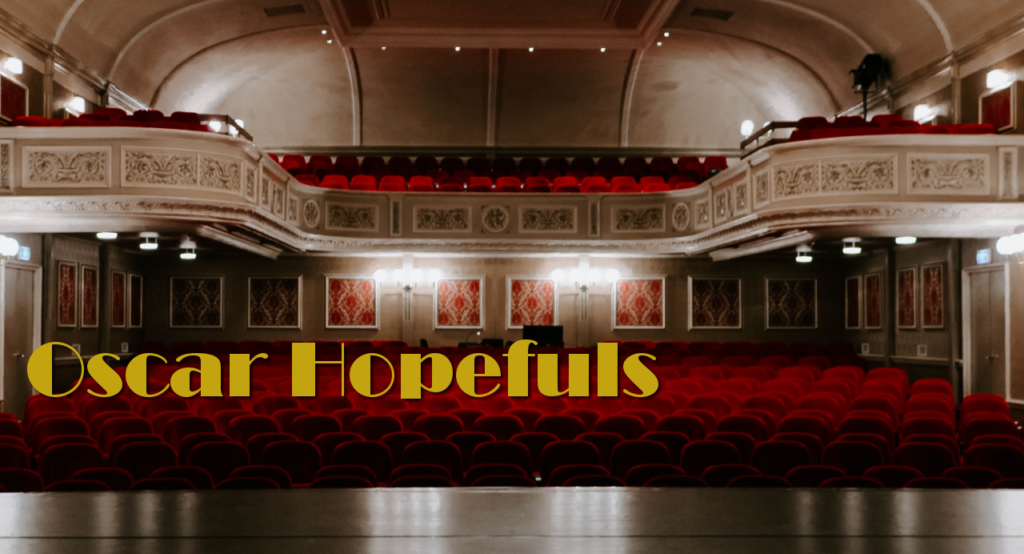


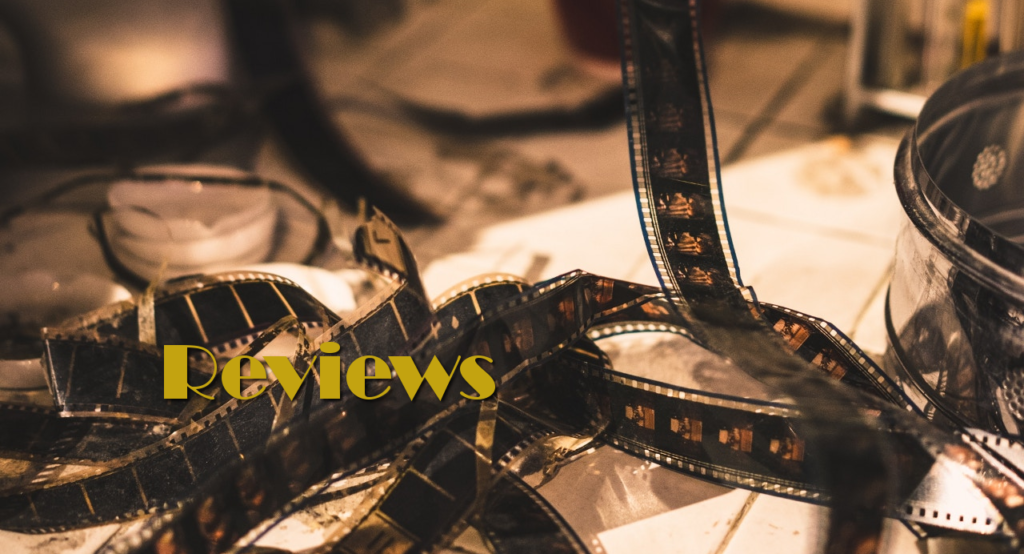
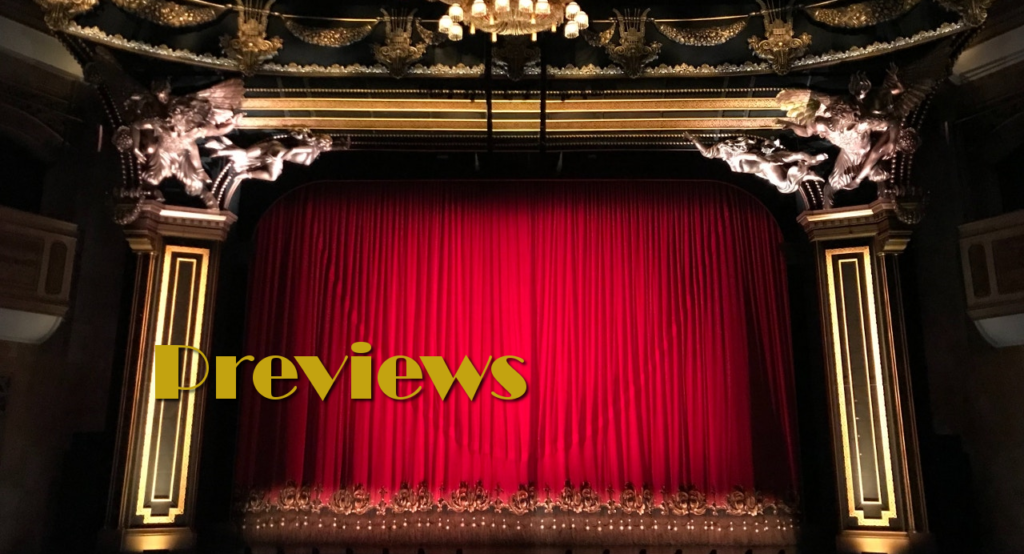


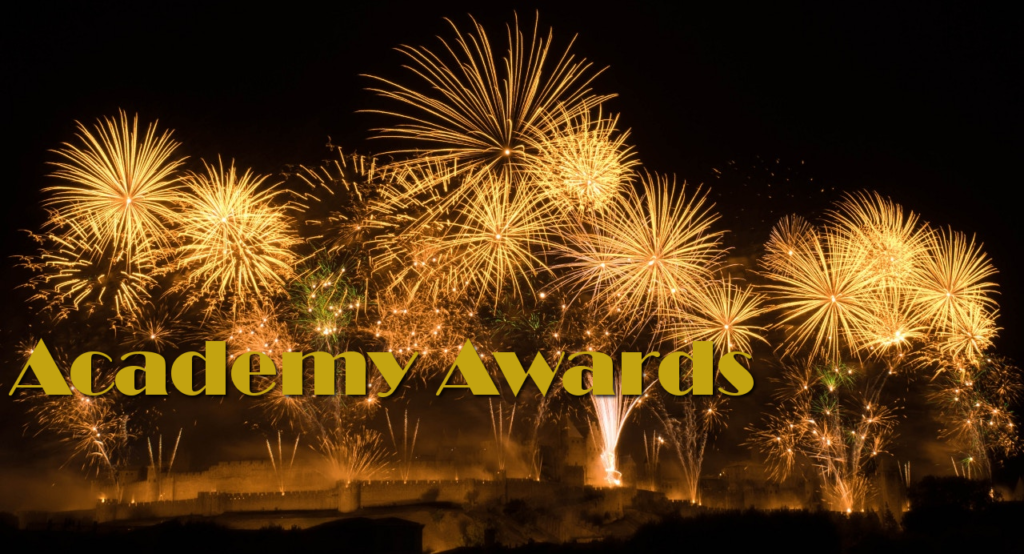


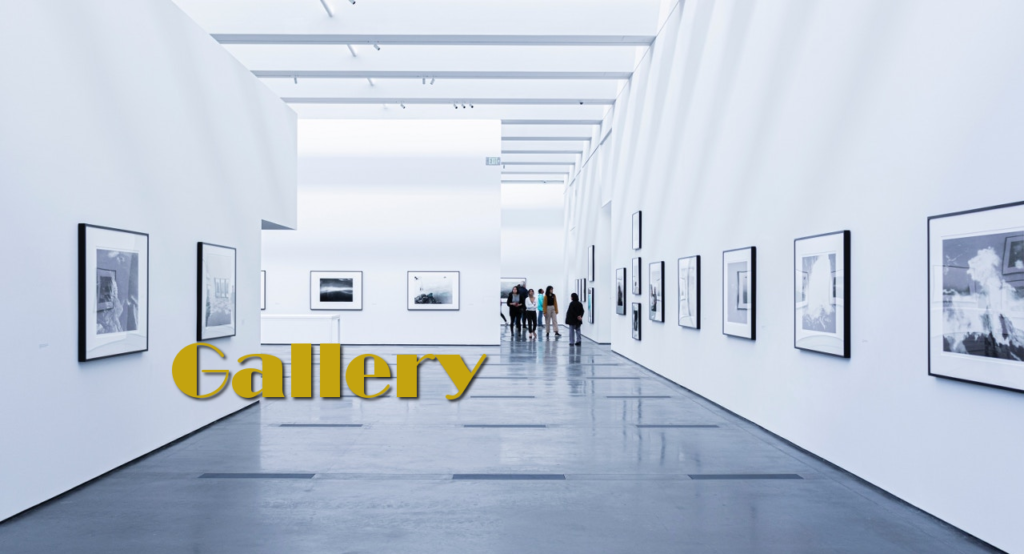
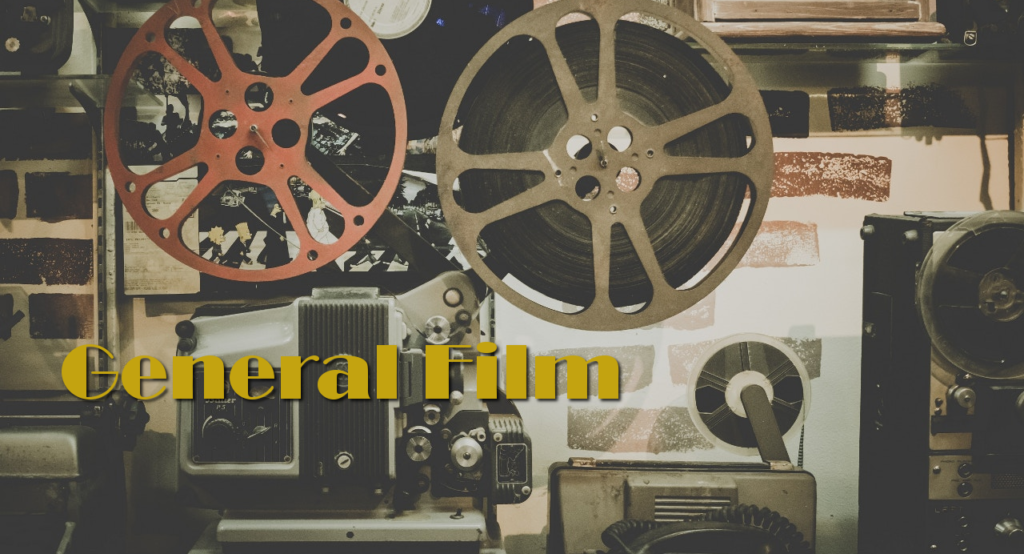
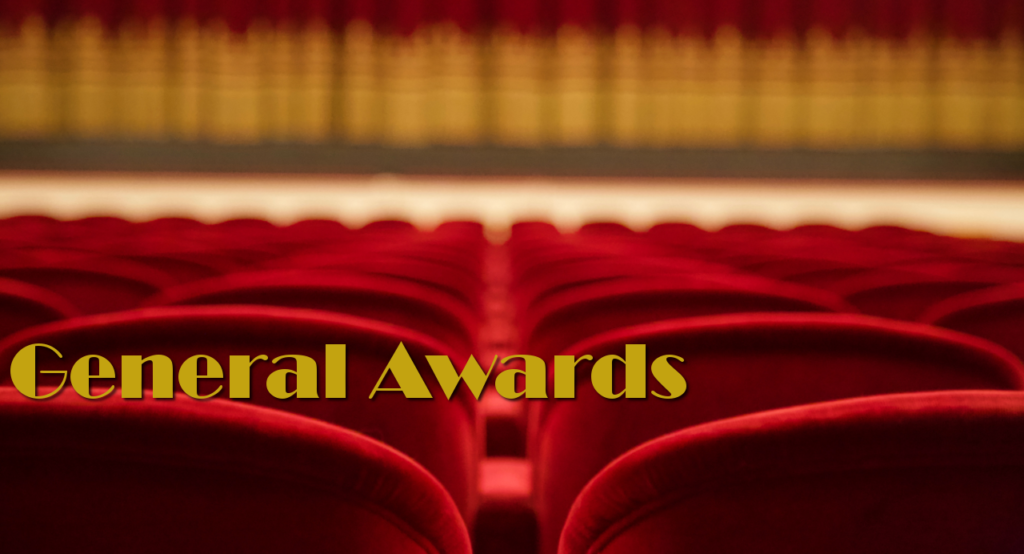
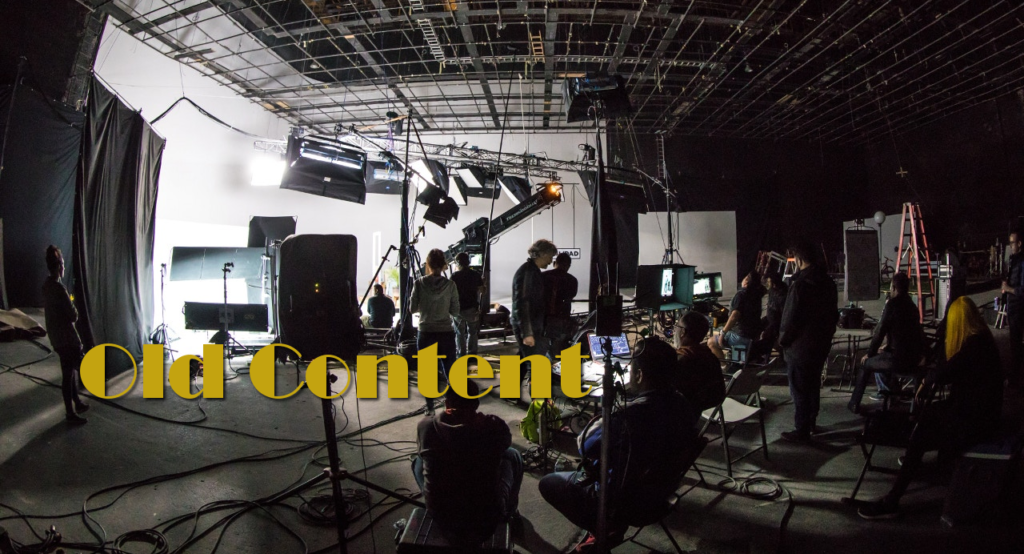
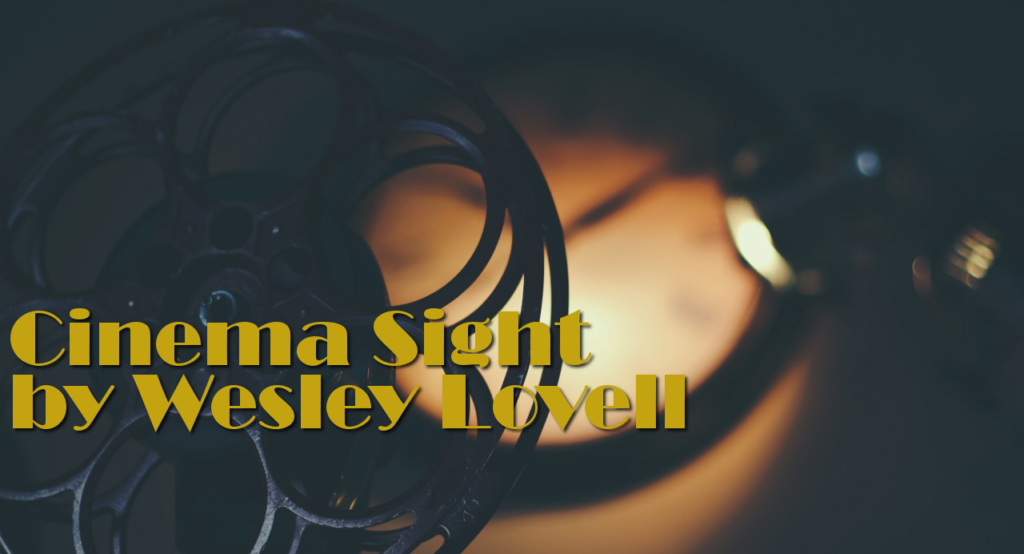


Leave a Reply
You must be logged in to post a comment.